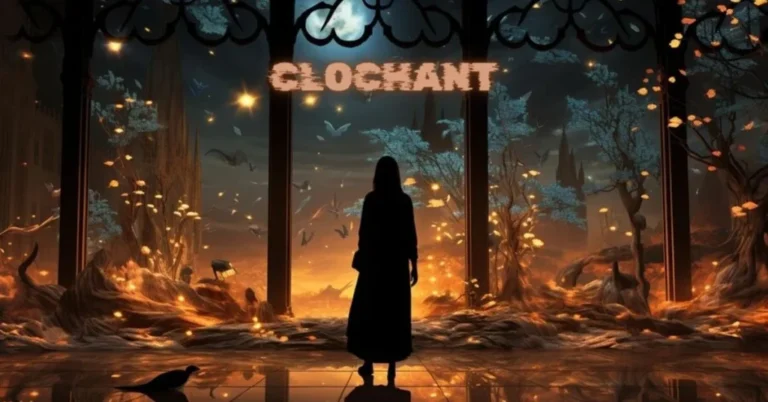The term “clochant” may not be widely diagnosed, however it holds intrigue for the ones interested by cultural, architectural, or linguistic studies. Derived from French roots, the word includes numerous meanings relying on its context. This article explores the nuances of “clochant,” its historic significance, and the way it is relevant nowadays.
The Meaning of Clochant
At its middle, “clochant” pertains to the French word cloche, which means “bell.” The time period is frequently related to the ringing of bells or systems housing bells, such as bell towers. It also can describe some thing that resonates or has a exceptional ring to it, whether literal or metaphorical.
In broader utilization, “clochant” can refer to something irregular or “limping,” aligning with expressions of unevenness or inconsistency in styles or rhythms. Its twin nature makes it a captivating term that spans more than one interpretations.
Historical Origins of Clochant
The roots of “clochant” hint back to medieval France whilst bells performed a pivotal role in network existence. Bells signaled the time, marked occasions, and called people to worship. The systems housing those bells, regularly in church buildings or town squares, became significant to communal identification.
Over time, “clochant” developed from its literal affiliation with bells to more figurative uses, reflecting thoughts of resonance or discord, depending on context. The time period’s historical journey showcases how language adapts to cultural shifts at the same time as keeping its foundational which means.
Clochant in Architecture
Architecturally, “clochant” may describe a bell tower or similar structure. These towers, frequently ornate and towering above different homes, were designed to venture the sound of bells across high-quality distances.
In places like Europe, in particular in France and Italy, bell towers are iconic capabilities of historical cities and towns. Famous examples encompass the Campanile in Venice and the endless bell towers in small French villages. The architectural beauty of these structures displays the significance of bells in society.
Clochant as a Metaphor
In current language, “clochant” has metaphorical programs. It can describe conditions or thoughts which might be “off-kilter” or inconsistent, similar to a tune that doesn’t comply with a regular rhythm. This metaphorical use highlights the flexibility of the term.
For example, a person might say a situation is “clochant” to indicate some thing feels abnormal or unsettled. This usage brings depth to everyday conversations, allowing audio system to carry complex emotions or states of being succinctly.
The Resonance of Clochant in Literature and Art
The concept of “clochant” additionally finds its vicinity in literature and artwork. Authors and artists have lengthy been inspired by the imagery and sounds of bells, the use of them as symbols of time, trade, or maybe foreboding.
In literature, bell motifs often represent pivotal moments or transitions, aligning with the sound’s capacity to carry far and mark tremendous events. Similarly, in art, bell towers are frequently depicted as valuable elements in landscapes or as symbols of community brotherly love.
Contemporary Relevance of Clochant
Even these days, the concept of “clochant” resonates. Bell towers continue to be architectural landmarks, attracting travelers and keeping cultural historical past. Meanwhile, the term’s metaphorical packages keep to enhance language, providing a manner to explain everything from feelings to choppy circumstances.
In a international increasingly described by means of era, the timeless sound of a bell serves as a reminder of records and lifestyle. It connects us to a shared beyond even as last applicable as a image of verbal exchange and resonance.
Conclusion
The time period “clochant” encapsulates a blend of ancient, architectural, and metaphorical significance. Whether relating to the literal ringing of bells or the figurative resonance of ideas and emotions, it’s far a word that bridges the past and gift.
By exploring its numerous dimensions, we gain a deeper appreciation for the way language and culture intertwine, shaping the manner we perceive and describe the arena. Whether encountered in a French village, a literary paintings, or a contemporary verbal exchange, “clochant” continues to ring proper in its multifaceted which means.


